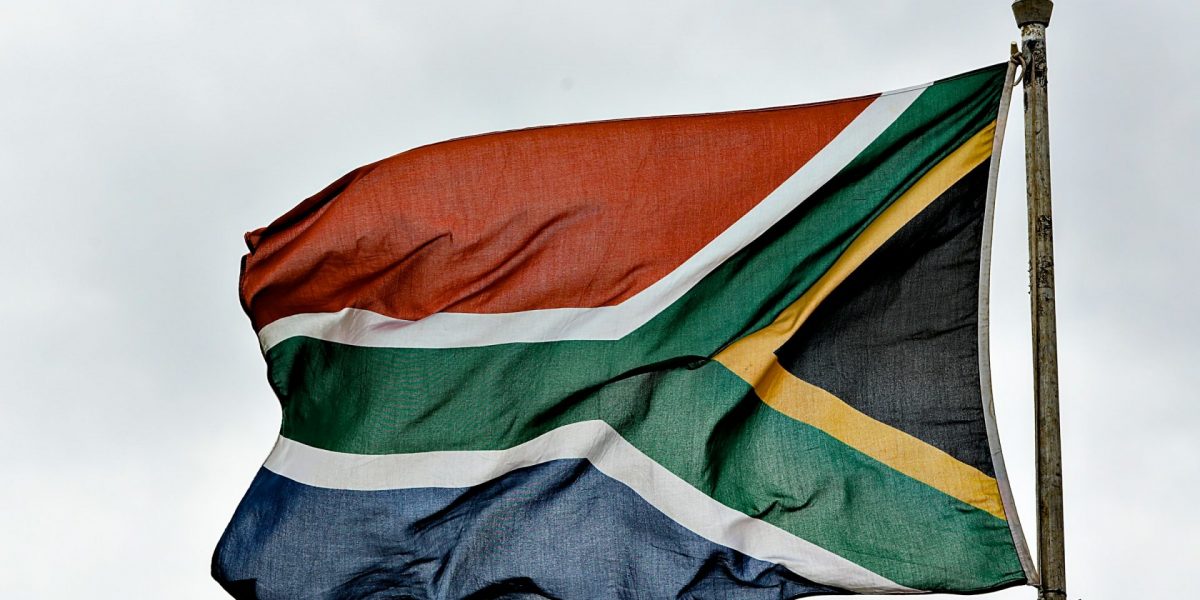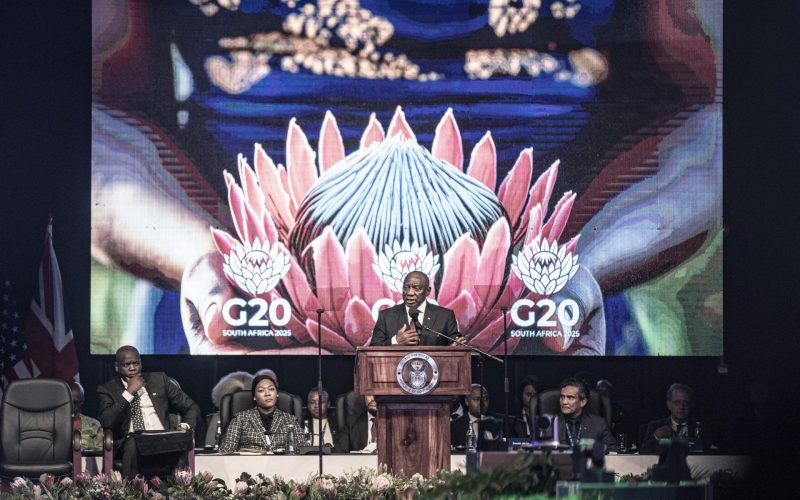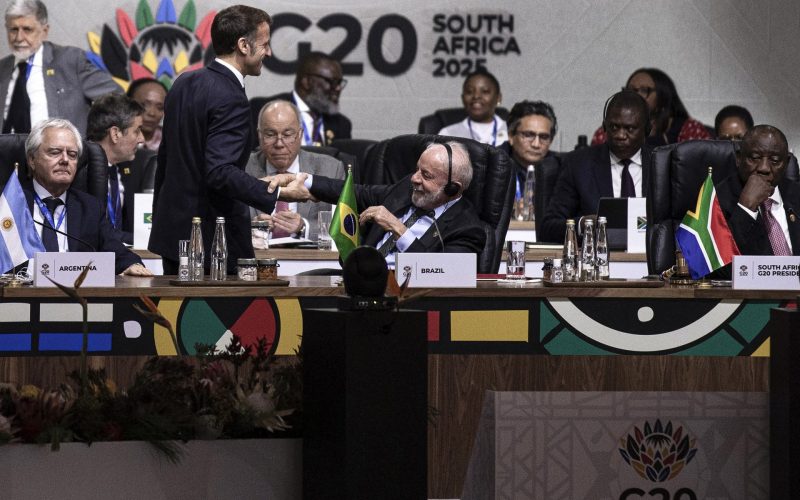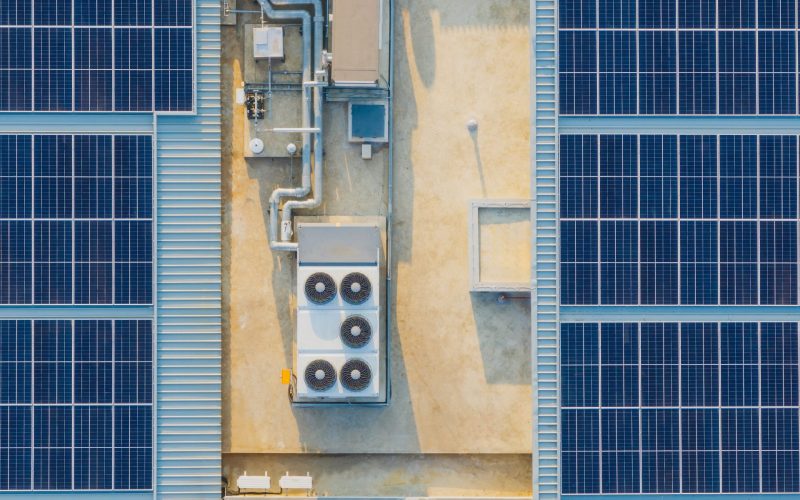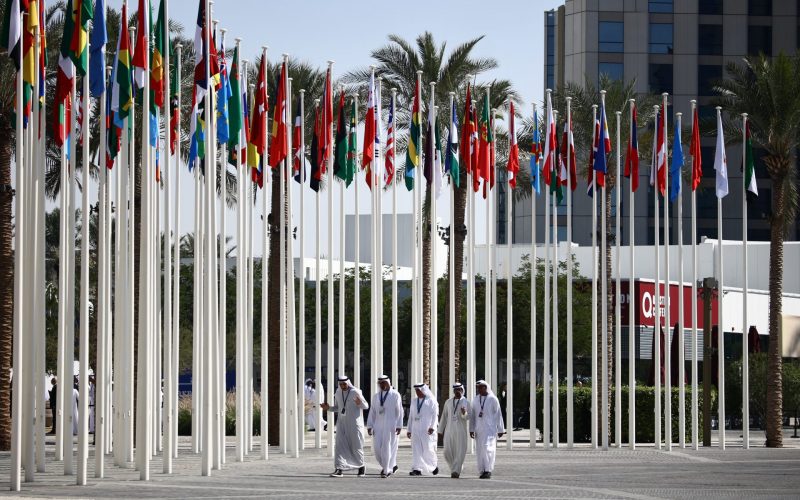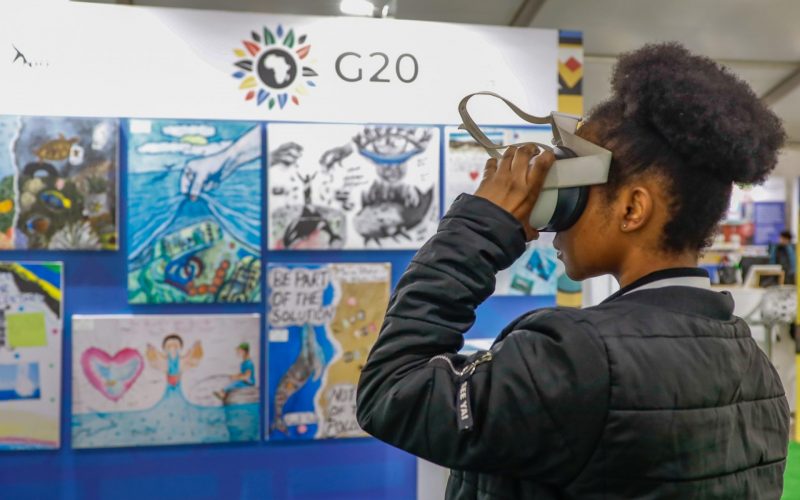South Africa took over the presidency of the G20 at a moment when the tensions and contradictions that had been evident in the global political, economic and financial systems for some time all came to a head. The underpinnings of the post-Cold War global order are unravelling. Wars continue to rage in Europe and the Middle East, United States-China tensions are redefining global trade, and climate disasters are escalating. At the end of its first full cycle of G20 presidencies, the G20 now faces an existential challenge: Can it maintain relevance in an era of fragmentation?
The G20’s agenda has grown over the years, but at its core, it is a grouping focused on coordination in the interests of global economic and financial stability. However, soon after the 2008 Global Financial Crisis (GFC), it recognised that this priority needed to encompass a developmental purpose. South Africa is the fourth in a line of developing-country presidencies, starting with Indonesia in 2022, that have pushed to bring development to the heart of the G20. This is important because the growing disillusionment with accepted political and economic orthodoxies since the financial crisis can be attributed in large measure to the inability of the system to deliver for societies. Many argue that societies have been at the service of the global financial system rather than the other way around.
For many years, South Africa has advocated for reforming the international financial architecture to make it more responsive to the needs of developing countries, particularly in Africa. The continent has not fully recovered from the economic impacts of the COVID-19 pandemic and the war in Ukraine, although the outlook is improving. The International Monetary Fund’s (IMF’s) April 2025 economic outlook for Sub-Saharan Africa estimated 2025 growth to reach 4%, up from 3.8% in 2024. Inflation has halved, and public-debt ratios have stabilised. However, high borrowing costs and debt servicing in an environment of constrained fiscal space remain sources of great concern. These challenges are compounded by the region’s increasing vulnerabilities related to climate change. The IMF’s outlook adds that additional support from the international community will be required to “develop a more inclusive, sustainable and prosperous future”.
In addition, the potential financial and economic turbulences of the tariff wars and related economic measures imposed by the United States still have to play themselves out. The imposition of tariffs on African countries has all but ended the African Growth and Opportunity Act (AGOA), under which many of them received preferential access to the US market.
South Africa’s G20 priorities, built around the theme of “Solidarity, Equality, Sustainability”, aim to address the most critical challenges facing African economies: Strengthen disaster resilience and response by scaling up post-disaster reconstruction; ensure debt sustainability for low-income countries by seeking sustainable solutions to high structural deficits and liquidity challenges and addressing the high borrowing costs on capital markets faced by African countries; mobilise finance for a just energy transition, emphasising not only the quantity but also the quality of such flows; and harness critical minerals for inclusive growth and sustainable development.
In addition, South Africa is undertaking a review of the G20’s impacts since 2008, when the first G20 Leaders’ Summit took place. In a recent speech at the Brookings Institution, the governor of the South African Reserve Bank (SARB) suggested that the G20 should be more “intentional” in how it chooses its agenda to ensure “more focused discussions that say something more meaningful about the top two or three priorities chosen each year”. Such a reflection is important to ensure that the grouping can remain meaningful and relevant during a time when international coordination and multilateralism are being undermined and eroded.
This article will focus on three interconnected issues included in South Africa’s agenda: debt sustainability and capital flows, climate adaptation, and illicit financial flows. None of them will be easy to ameliorate in a much more fragmented international-cooperation environment, but there can be progress in some areas, while in others, it is important to set the agenda for future presidencies.
Debt Sustainability and Capital Flows
The total external debt stock of Sub-Saharan Africa grew from $425.8 billion in 2012 to $815.7 billion in 2021. In comparison to the rest of the world, Africa’s external debt accounts for about 10% of the total. But its impact is severe: 23 African countries spend more on debt servicing than on health or education. Furthermore, African countries have had to contend with punitive borrowing costs from capital markets, costing as much as 500%1One Data: “Net financing flows to developing countries remain precariously low,” Sara Harcourt, Joseph Kraus, Luca Picci and Jorge Rivera, April 18, 2025. of what it would have cost if they had accessed financing at International Bank for Reconstruction and Development (IBRD) rates. A study by the UNDP (United Nations Development Programme) in 2023 found that African countries pay some $75 billion in interest because of a perceived African risk premium in credit ratings.
The G20’s Common Framework for Debt Treatments has proven inadequate and too slow. It took more than 3.5 years for Zambia and more than a year for Chad to negotiate with creditors, exposing structural flaws in creditor coordination between states and the private sector, while at the same time highlighting the limited power that debtors have in these processes, whereby each country negotiates on its own. Unlike in the early 2000s, when the HIPC (Heavily Indebted Poor Countries) deal was implemented, bondholders and commercial banks are now also important creditors, and their participation in the restructuring is voluntary, thus complicating the process.
South Africa recognises that the Common Framework needs to be improved and aims to consider the recommendations from the G20 note outlining the lessons learned from the first Common Framework country cases. In line with the sensitivity to Africa’s and developing countries’ concerns, the presidency will obtain perspectives from borrower countries on debt.
However, a broader strategy for dealing with debt in the future is needed, even if the current geopolitical context is not ideal. South Africa aims to develop a comprehensive approach to debt sustainability, focusing on improving debt restructurings but equally on preventing countries from falling into debt distress.
One reason for unsustainable debt has been the impact of weakening local currencies when developing countries have borrowed in foreign currencies. Exploring how to support African countries in developing local-currency markets that can attract domestic savings and foreign investors, while also improving debt transparency, is one of the elements that South Africa has highlighted. In this regard, there are already IMF-World Bank guidance notes for developing government local-currency bond markets.
The South African presidency has identified the high cost of capital as a significant impediment to African countries’ ability to meet the United Nations’ Sustainable Development Goals (SDGs). The Africa Expert Panel, established by the minister of finance, is expected to produce a report with regard to the debt and related matters plaguing Africa for the G20 Johannesburg Summit in November. Its chair, former South African Minister of Finance Trevor Manuel, has said that the most impactful issue is the lack of fiscal space to do and deliver on what Africa’s people need. The panel will seek to provide a toolbox on the choices, instruments and resources required to achieve better outcomes and consider what is needed for a global sustainable-finance architecture.
Relatedly, South Africa aims to explore ways to strengthen capital flows to emerging and developing countries to close the development-finance gap. The first step in this regard is to understand and unpack the structural constraints that impede net capital flows to these countries. Assessing the supply of safe assets, what forms of safe assets may reduce risk premiums and what innovations may enhance them are part of the objectives that the South African G20 has set for itself. These initiatives are even more essential in a world in which the development-finance landscape is undergoing rapid changes and developing countries will have to switch to leveraging investment as a development tool.
Climate Adaptation
Climate adaptation is also on the G20 agenda and will be discussed against the backdrop of the United States leaving the Paris Agreement and an approach that will see a rise in investments in fossil fuels rather than a focus on mitigation targets. These developments are concerning, given rising temperatures and natural disasters. However, while the need for mitigation is an overriding challenge for the planet, financing for adaptation is much more urgent for African countries, which are responsible for less than 4% of all emissions and where some 600 million people have no access to energy. Hence, scaling up adaptation-finance mechanisms is a priority for the South African presidency. President Cyril Ramaphosa2G20 South Africa 2025: “Ramaphosa sets Bold Agenda for South Africa’s G20 Presidency,” January 22, 2025. has stressed the need for innovative financial mechanisms, including leveraging private capital and taxation, to fund sustainable development.
Only 5% of global climate funding3Global Center on Adaptation/Climate Policy Initiative: “State and Trends in Climate Adaptation Finance 2024.” targets adaptation, leaving developing nations – those most vulnerable to climate shocks – with an annual adaptation-finance gap of up to US$366 billion4United Nations Environment Programme (UNEP): “Adaptation Gap Report 2023,” November 2, 2023.. Building on the work of the Indonesian and Brazilian presidencies, South Africa’s focus is on ways to incorporate adaptation and resilience into the transition plans of financial institutions and corporations. Climate-vulnerable countries also face insurance-protection gaps, and addressing these is a critically important element of the adaptation challenge.
Carbon markets are also considered mechanisms for scaling up climate finance, as carbon credits can be used to finance projects that have climate and environmental benefits, but also face difficulties in attracting investments. A study by UNECA5United Nations Economic Commission for Africa (UNECA): “ECA’s Gatete calls for urgent, ambitious climate action,” November 14, 2024. (United Nations Economic Commission for Africa) found that investments in afforestation and reforestation through properly structured carbon markets, backed by fair compensation for African countries, could yield up to $82 billion per year through high-integrity carbon credits, providing substantial financial returns while preserving biodiversity.
To unlock such markets, South Africa aims to address some of the underlying constraints of the included market-data standardisation by developing a Common Carbon Credit Data Model – a framework for defining, categorising and recording carbon-credit data throughout its lifecycle – to standardise carbon markets. It regards such an initiative as a global public good.
Illicit Financial Flows
Illicit financial flows have been a focus of South Africa at the G20 meetings for some 10 years. Discussions have been held in the Development Working Group, and South Africa, as chair in 2025, has made this one of its key priorities.
According to UNCTAD6UN Trade and Development (UNCTAD): “Africa could gain $89 billion annually by curbing illicit financial flows,” September 28, 2020. (UN Trade and Development), Africa loses US$88.6 billion annually to illicit financial flows (IFFs), equivalent to 3.7% of the continent’s gross domestic product (GDP). Money directed through these illicit channels ultimately undermines Africa’s development. The cross-border nature of illicit financial flows necessitates coordinated global cooperation and policy coherence to tackle them and strengthen the social contract and financial integrity while increasing domestic resources. In 2025, South Africa aims to produce a call to action on IFFs, which would enunciate 10 key global principles aimed at combating IFFs while enhancing global financial governance, strengthening compliance and transparency, and promoting sustainable development. This call would include a report that would identify practical and enforceable steps to integrate these principles into national policies and international cooperation efforts.
Let a Good Crisis Not Go to Waste
Finance has been at the heart of the G20 since it was only a finance ministers’ meeting. However, over the years, it has become clear that finance, without a focus on developmental outcomes, will not provide the necessary societal results. The G20 Global South presidencies have tried to refocus the group in that direction. South Africa’s presidency has also aimed to ensure strong outcomes for key African priorities. In the current geopolitical uncertainty, not least concerning whether the G20 itself can remain relevant, South Africa’s agenda has attempted to tackle some of the most pressing global issues, which disproportionately affect Africa. While unanimity on all issues may be difficult to attain, making concrete progress on some of the priorities highlighted above will be essential if the G20 is to remain relevant, not for its own sake, but for the sake of the broader multilateral system. These are moments of great crisis – tipping points in history. They require bold leadership from all countries to overcome some of the political hurdles spanning several years that have allowed only marginal progress on many elements of the overarching sustainability agenda. This should happen notwithstanding the disavowal of the SDGs by the US and others. The social contract within countries and between the Global North and the Global South can only be restored through tangible actions that have real impacts on the ground for citizens across the world.
This editorial first appeared in International Banker.

